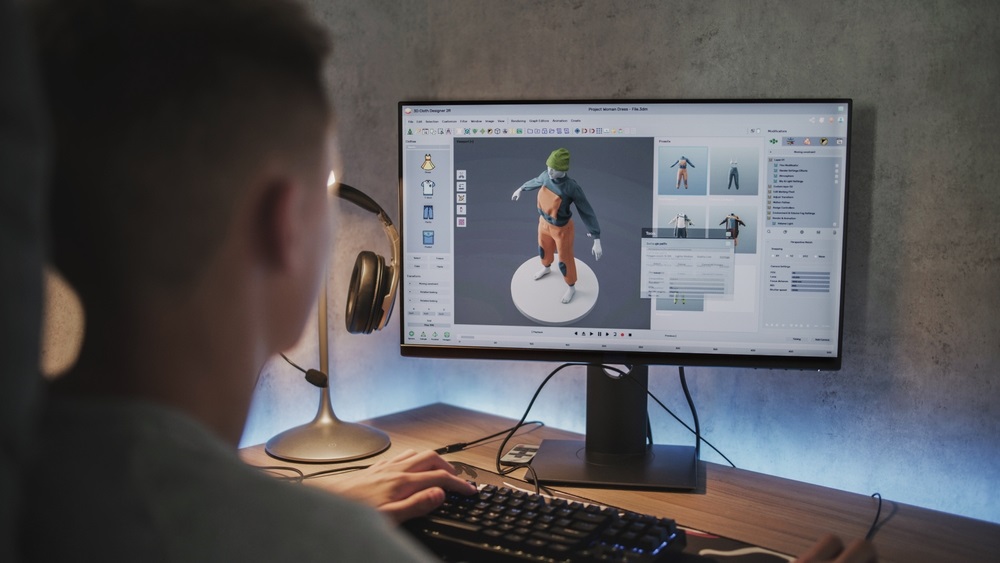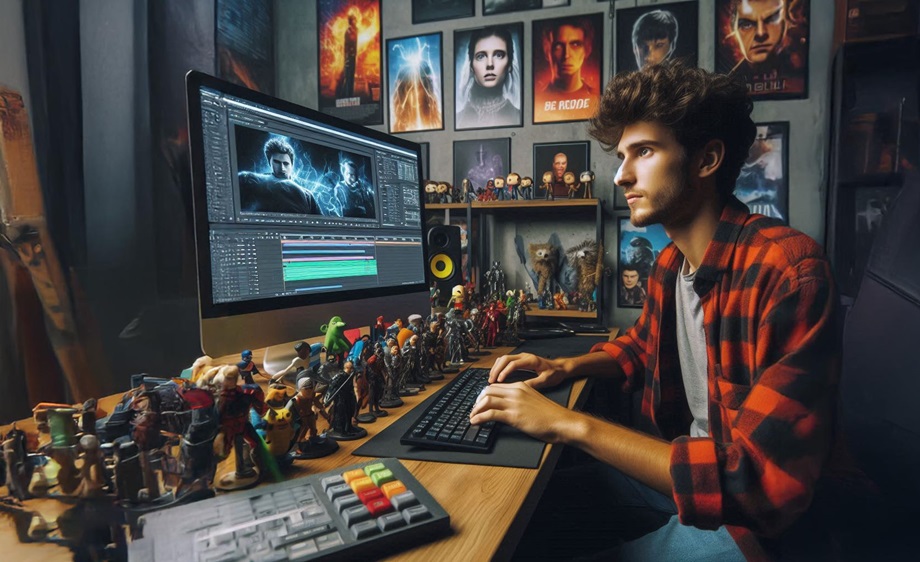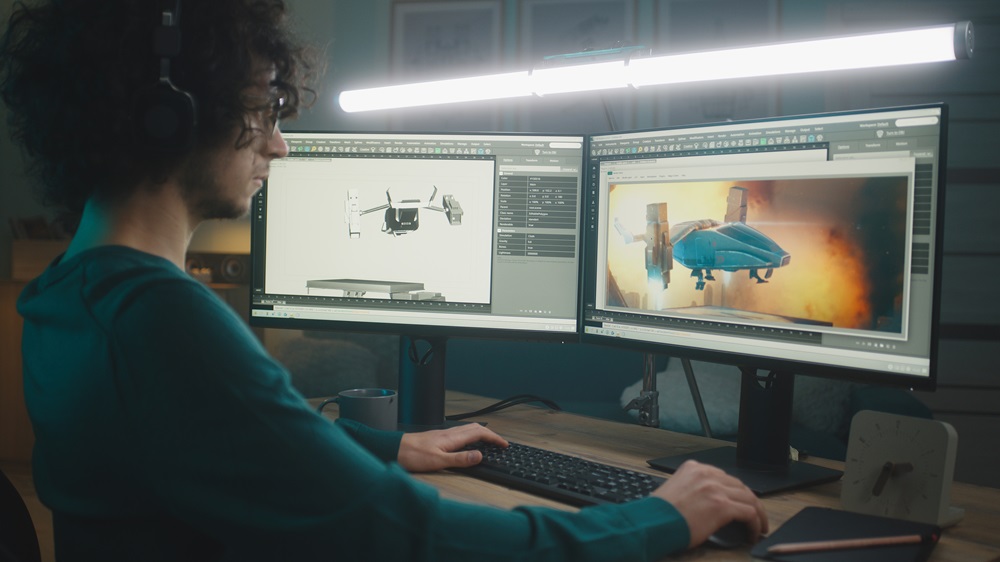Animation in marketing has a long and vibrant history. If we were to unravel its course over the years, one would have to begin with the roots that took hold in the 1920s.
It was back then, when commercial animations first came about, introduced to movie-goers and cinema folk. Back then, animated advertisements had catchy jingles and characters that had been hand-drawn onto every frame.
It was only in the mid-20th century that the advent of television saw animated commercials become a big thing for much of media history.
Brands like Coca-Cola and Kellogg’s were among the first to successfully captivate audiences using animation in marketing.
Tony the Tiger of Kellogg’s was an iconic character amongst millions of children glued to their TV sets back then.
Over time, technology and animation techniques improved and companies were able to make much longer ads with intricate plots and narratives.
To the point in the evolution of commercial animation in marketing, where we see dozens of types, applications, and examples today.
How Animation in Advertising has Transformed Over Time
If we were to pinpoint exactly when animation in marketing started seeing a dramatic shift, it would have to be the late 20th century. When marketers began to get a lot more skilled in their endeavors with lifelike visuals to match their audiences.
Everyone remembers the days of seeing the Pillsbury Doughboy dancing onto their screens or the quick and fast Energizer Bunny showcasing batteries. From the days of hand-drawn animations to CGI clips and digital experiences, here’s how commercial animation in marketing has evolved:
Hand-Drawn Animations
Animations in marketing during its initial phases, included advertisements that appeared only in the cinemas. TVs didn’t exist back then so that was the only place where advertisers could show these snippets to people.
And it was created and added to movie reels done entirely by hand, by the artists.
• These animations were popular in the early 1930s and had a very simple animation style. Characters were nothing fancy and it had a jingle that promoted the product that is was advertising.
• The advertisement was black and white, with nearly no options for color and the characters or items in them had slow and clunky movements.
The Television Era
The next phase in tracing the steps of commercial animation in marketing was when Television sets arrived on the scene. Especially for consumer use where people were watching the news and other forms of programming for adults and kids from the comfort of their homes.
• Here, animation played an even larger role in cementing advertisements and the role it played in society, given how TV advertisements were used to tell stores. And for creating an emotional connection with TV audiences.
• We’ve already talked about how brands started exploding on the scene with iconic TV characters that were essentially animated cartoons. But it’s the advancements in animation such as fluidity and vibrant colors, rotoscoping in animation, etc. is what propelled this ahead.
CGI and Computers
CGI and the use of computers, if anything, proved to be revolutionary for commercial animation in marketing. It was the time when the world saw a rush of animated movies, and finally, advertisers in marketing firms began to use computer-generated images instead of hand-drawn animations.
Especially for game trailers which dominated that segment of marketing.
• Because of the social and emotional connect with contemporary animation movies such as Shrek and Toy Story, brands started to go for detailed characters and animations.
• Marketing firms switching to digital animation produced content that had noticeably greater realism, with scenes and characters to match.
• This led to an overall growth spurt of commercial animation in marketing which was sophisticated and visually appealing to people of all ages.
Internet and Social Media
Just like computer animation in marketing and CGI, the internet had a profound effect on content for marketing that was put out by advertisers into digital media.
The popularity of online platforms such as Facebook and Twitter led to short-form animations, flash-based videos and GIFs to become viral.
• As such, brands started embracing animation in marketing that enabled quick messages to be delivered in a short span of time. This was coupled with online-centric storytelling and a focus on online brand-building.
• Explainer videos started to emerge as a powerful medium of choice for companies and advertisers. And commercial animation in marketing saw explainer videos crafted to convey complex ideas for a business in manner that was precise.
Interactive Experiences
Animation in marketing was not restricted to any particular medium or platform and today, owing to emerging technologies such as VR and AR.
Virtual reality and augmented reality enabled a source of new ways in advertising that enabled interactive experiences for audiences, with different brands and companies experimenting with different formats.
• Virtual Reality experiences relied on animation in marketing to create immersive content for brands that people could try at malls and public spaces.
• Augmented Reality experiences were much more versatile as they could be enabled using smartphones. It led to brand advertisements and animated elements that people could see – displayed on real-world settings and interact with them.
And there you have it. These phases sum up the evolution of animation in marketing, as we have seen over the years.
How animations for marketing purposes have shifted from hand-drawn to computer-made and interactive experiences.
They now span over a range of styles and ideas, from 2D and 3D to even stop-motion or mixed mediums.
Decoded: Examining the Role of Animation in Marketing
Now that we’ve taken a trip down memory lane of advertising and its history with animation, let’s understand what role animation really plays in advertising.
Animation in marketing and advertisements largely fulfils the purpose of a medium and tool that is good at capturing attention and pushing out messages.
If you’re looking for some tips for 3D animation, read on! Here are some important roles that animation plays in marketing and advertising:
• Grabbing People’s Attention: Because of its dynamic and aesthetically engaging nature, animation excels at capturing viewers' attention.
In a congested advertising scene, movement, brilliant colors, and imaginative images stand out, boosting the probability that people watching will pay attention and connect with the information.
• Helps Visualize Concepts: Animated images may successfully express abstract or complicated topics that are difficult to communicate using traditional methods.
Thus, animation in marketing may give clear and interesting visual explanations for a variety of purposes, including describing how something works, displaying data patterns, and visualizing the benefits that are intangible.
• Vast and Flexible Tools: Commercial animation provides nearly endless creative opportunities. Advertisers may try out various styles, colors, and visual components that complement the overall message and mood of their advertisements.
Animation enables for imaginative versions that would be impossible to do with real-life film.
• Ample Room for Stories: Advertisers may use animation in marketing to communicate tales in unique and captivating ways. Advertisers may stir emotions, connect with their audiences, and convey messages that touch on more fundamental issues by developing characters, locations, and tales.
Animated storytelling may make difficult ideas more accessible and relevant by simplifying them.
• Brand Building Supremo: Cartoon protagonists, emblems, and characters may become famous brand symbols that people connect with. Over time, these characteristics become identified with the brand's ideals, personality, and products.
Animation aids in the creation of memorable and distinctive brand assets that create a sense of loyalty and trust for brands amongst audiences.
• Cross-Platform Availability: From television to social networking sites, the internet, and mobile applications, animated material may be simply converted for a variety of platforms and screen sizes.
This versatility from animation in marketing guarantees that the message is consistent and compelling no matter where it is seen.
These are some of the key roles played by animation in marketing. Apart from these, it also depends on the type of animation a company goes for as each animation usually has its own set of characteristics.
For instance, a company can opt for a stop-motion animation for their product or an explainer video for a service. Or, they can simply go for 2D and 3D motion graphics and whiteboard animations depending on their marketing campaign’s tone and theme.
Animated Ads and Videos
Based on these examples of animation marketing and its roles, we see how it is not hard to conclude that animation has had a profound impact on marketing.
That the evolution of animation has changed marketing and also, evolved it in some ways.
This has been most important for commercial animation as advertisers have been able to leverage this powerful tool for a variety of purposes: Ranging from telling messages and stories to building connections for brands with audiences.
Whether you want to make a holiday commercial or produce an explainer video for an upcoming product, it’s clear that commercial animation and marketing will be important for your brand and business campaign.
What better, but to partner with EDIIIE if you’re on the same page? Our motion graphics and 2D animation company has worked on a broad range of animations for marketing.
Contact us today to discover how our team can help enhance the ideas that you want spoken, and how it will resonate with what your audiences need.









